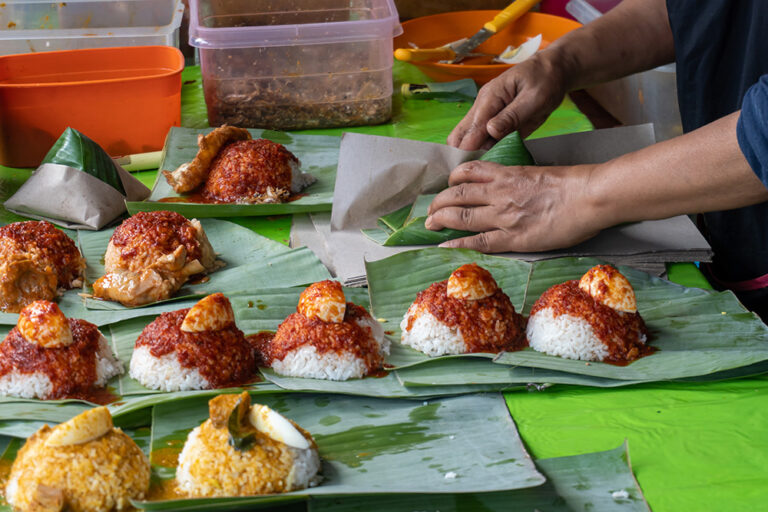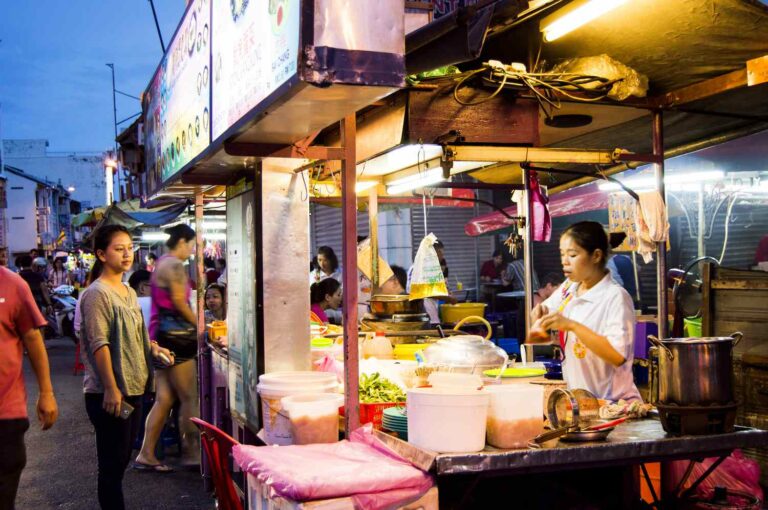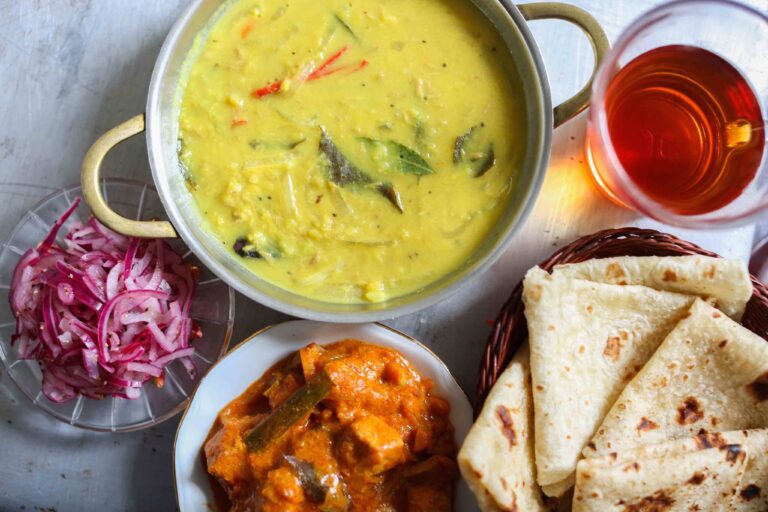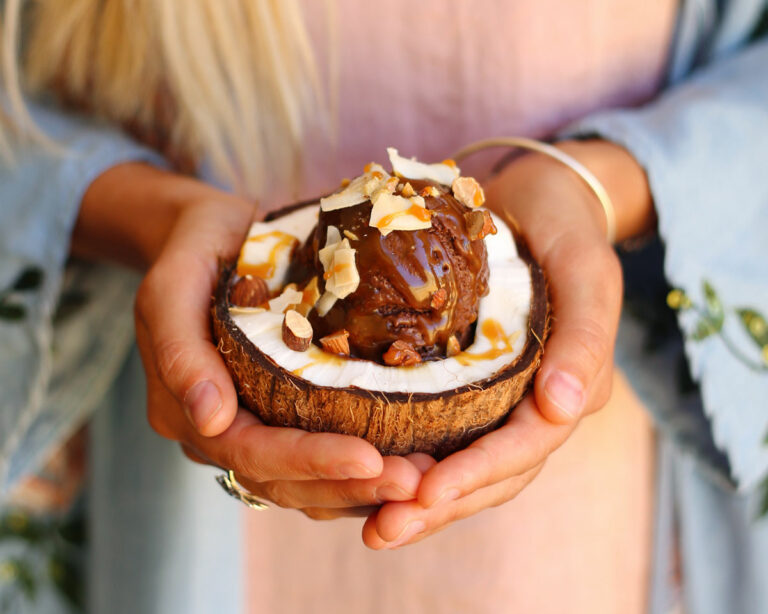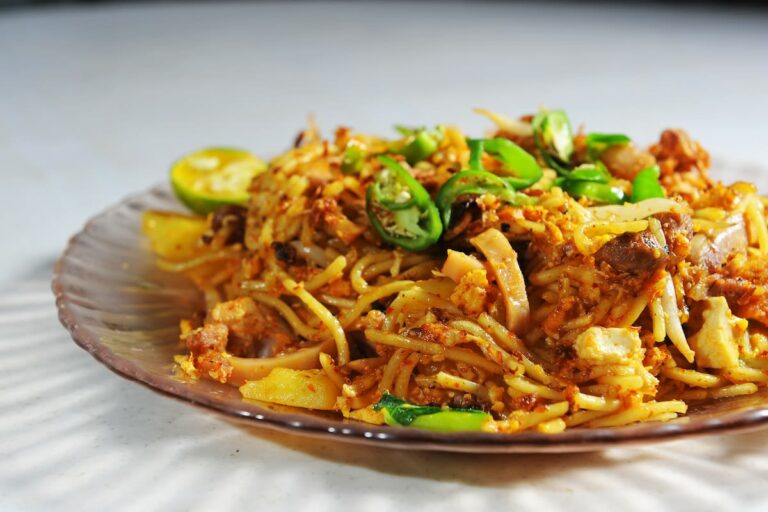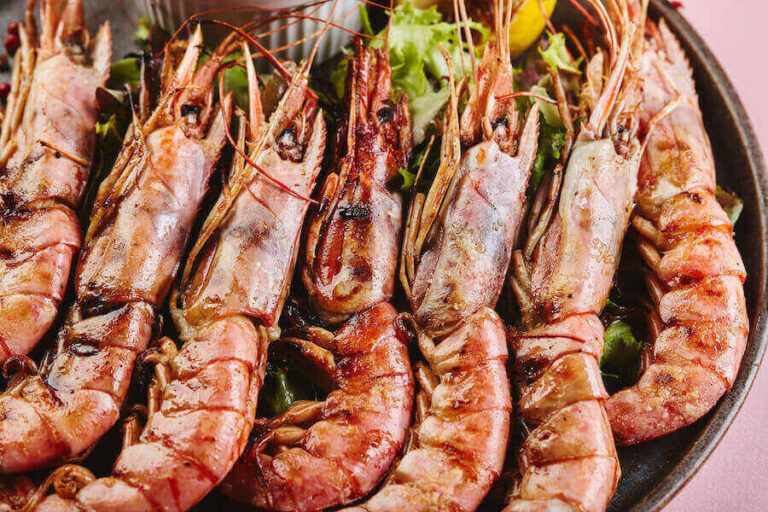Introduction: Popular Beverages in Malaysia
Malaysia is a country with a diverse and rich culture, and its cuisine reflects this diversity. The same can be said for its beverages, which are just as varied and unique. Malaysia’s hot and humid climate makes it a perfect location for refreshing and thirst-quenching drinks. From sweet to savory, and hot to cold, there is a drink for every taste in Malaysia.
Teh Tarik: The National Drink of Malaysia
Perhaps the most famous Malaysian beverage is Teh Tarik, which translates to “pulled tea.” This tea is made by brewing black tea with condensed milk and then pouring it back and forth between two containers to create a frothy and creamy texture. It is typically served hot and is a popular drink to have with breakfast or as a midday pick-me-up. It is also a common drink to have with a traditional Malaysian meal.
Teh Tarik is not only a popular beverage in Malaysia, but it is also a cultural icon. It is often seen as a symbol of Malaysian identity and is a staple at many Malaysian events and festivals. Visitors to Malaysia should not miss the opportunity to try Teh Tarik, as it is an essential part of the Malaysian experience.
Melaka Cendol: A Sweet and Refreshing Dessert Drink
Melaka Cendol is a sweet and refreshing dessert drink that is made with shaved ice, coconut milk, palm sugar syrup, and green jelly noodles made from rice flour. This drink is particularly popular in the state of Melaka, where it originated. The green jelly noodles are made from pandan leaves, which give them their unique flavor.
Melaka Cendol is a perfect drink for hot days and is an excellent way to cool down. It is also a popular dessert and can be found in many traditional Malaysian restaurants. Visitors to Malaysia should not miss the opportunity to try this sweet and refreshing drink.
Kopi O: The Malaysian Style of Black Coffee
Kopi O is the Malaysian style of black coffee. It is made by brewing coffee beans with sugar and then serving it hot. It is a popular drink in Malaysia and is often consumed with breakfast or as a midday pick-me-up. Kopi O is known for its strong and bold flavor, and it is not uncommon for locals to drink it without any sugar or milk.
Kopi O has become so popular in Malaysia that it is now a common drink in many countries around the world. Visitors to Malaysia should not miss the opportunity to try this traditional Malaysian beverage.
Sirap Bandung: A Rose-Flavored Milk Drink
Sirap Bandung is a sweet and refreshing rose-flavored milk drink that is popular in Malaysia. It is made by mixing evaporated milk with rose syrup and then adding ice. The result is a creamy and sweet drink with a lovely floral aroma. Sirap Bandung is typically served cold and is a popular drink to have with desserts or as a refreshing drink on hot days.
Sirap Bandung is a popular drink in Malaysia, and it can be found in many traditional Malaysian restaurants. Visitors to Malaysia should not miss the opportunity to try this sweet and refreshing drink.
Bandung Soda: A Fizzy Twist on the Classic Sirap Bandung
Bandung Soda is a fizzy twist on the classic Sirap Bandung. It is made by mixing carbonated water with rose syrup and evaporated milk. The result is a refreshing and bubbly drink that is perfect for hot days. Bandung Soda is a popular drink in Malaysia, and it is often served in cafes and restaurants.
Bandung Soda has become so popular in Malaysia that it is now a common drink in many countries around the world. Visitors to Malaysia should not miss the opportunity to try this fizzy and refreshing twist on the classic Sirap Bandung.


